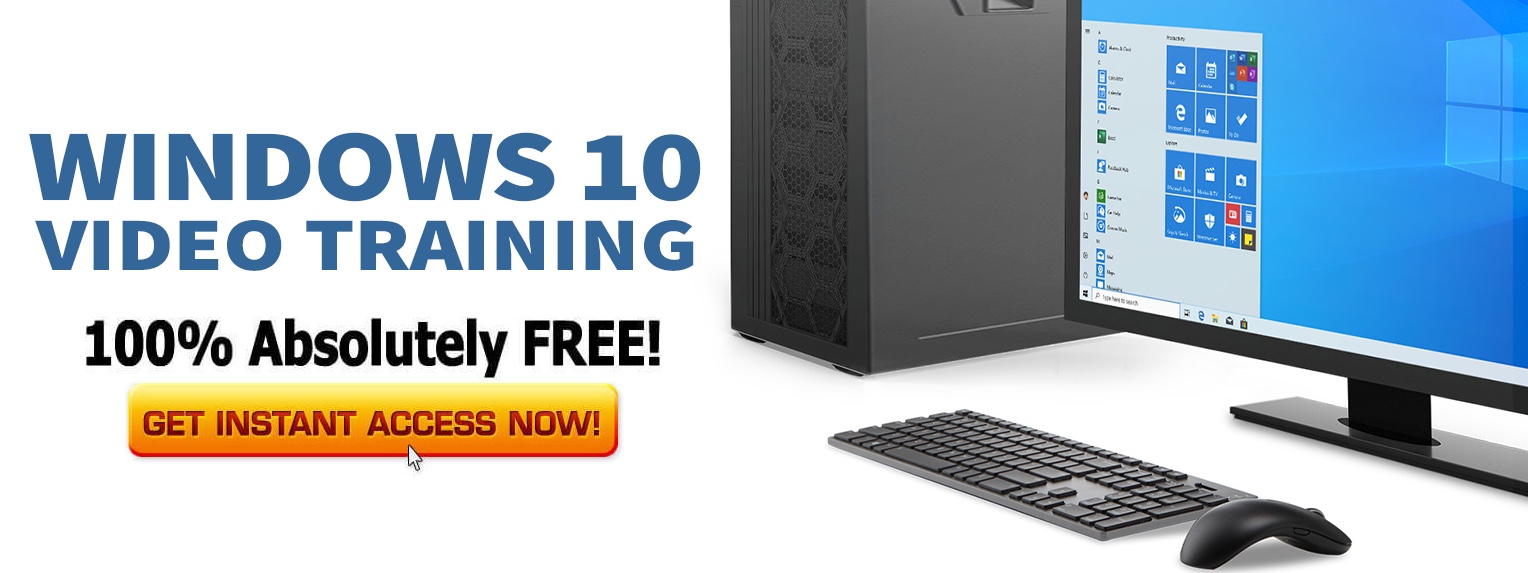
You could be forgiven for thinking that AI and data were on the main event card at Connect(); 2018, but IoT also received top billing at this cloud focused event that went underway today.
Yes, Microsoft did well to enhance its cloud offerings.
But the Redmond based company also had a small array of announcements to fill up the Internet of Things side of the equation. A lot of focus was provided on edge computing, which refers to computation that happens on the IoT devices themselves without the need of cloud.
To start with, we have the public availability of Azure Stream Analytics on Azure IoT Edge, which simplifies the process of moving analytics between the cloud and edge devices that have limited bandwidth and connectivity.
ASA on IoT Edge has been in preview since November 2017, and it launches today.
A welcome confirmation is that it runs within the IoT Edge framework, which means that jobs created in it can be deployed and managed using IoT Hub.
Those that like to run simulations that emulate real-world environments can script complex device behavior thanks to updates to the Azure IoT Device Simulation Accelerator.
The Seattle based company also unveiled updates to IoT Solution Accelerators, a service designed to create customized solutions for common IoT scenarios, including device management. Developers also get access to an enhanced Azure IoT Remote Monitoring user interface that rolls out this week.
On the Azure Maps front, Microsoft has debuted a new S1 pricing tier. It is available alongside the Standard S0 offering and can be used for deployment of apps using Azure Maps — without a Query Per Second limitation.
Last, but certainly not least, Redmond also lifted the veil off its new Time Series Insights. Azure Time Series is a full stack analytics, storage, and visualization service for time series data from IoT deployments.
Users can not only store and analyze modeled and ad-hoc data more effectively, but also add rich contextualization to telemetry data, store IoT data in layers and also call in machine learning and analytics tools for insights.
To top it all off, the company has also introduced a new usage-based pricing model for Time Series Insights, which is available today.

